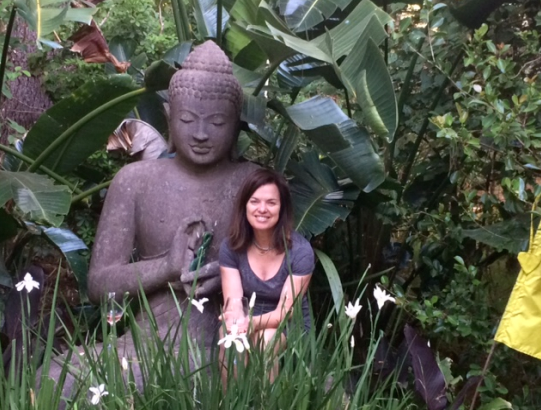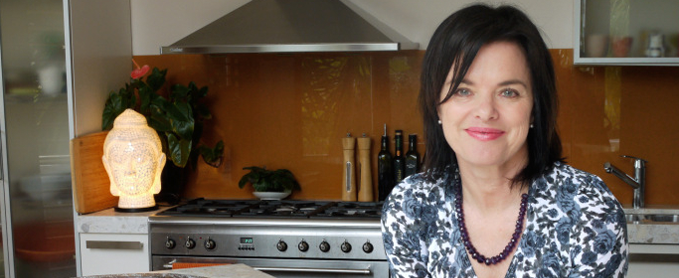
Yoga course, tips and inspiration
Laying the Foundation for your health… I have focused this newsletter on vibrational energy and health. Prana (life-force) is the common
Ayurveda Health Auckland, New Zealand

Laying the Foundation for your health… I have focused this newsletter on vibrational energy and health. Prana (life-force) is the common

Newsletter – November/December 2016 Living according to the season – the summer months How I love summer. The sun is out,

I like this saying… Often we work in a man’s world, trying to keep up with our male counterparts, forgetting that physiologically

The rhythm of the body, the melody of the mind, and the harmony of the soul create the symphony of life.

Over the past decade, Perry Macdonald has immersed herself in her passion for Ayurvedic medicine, a health system developed some